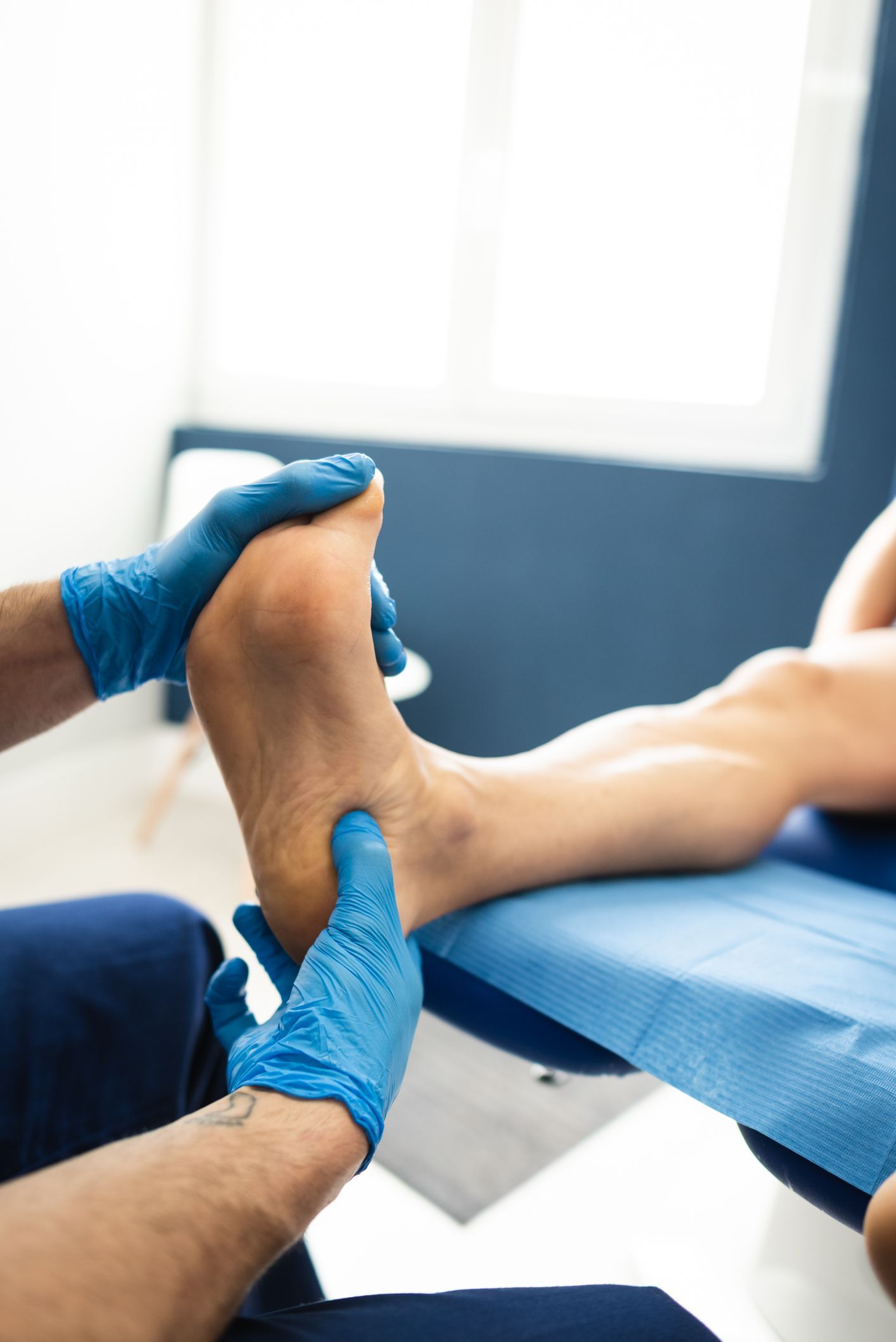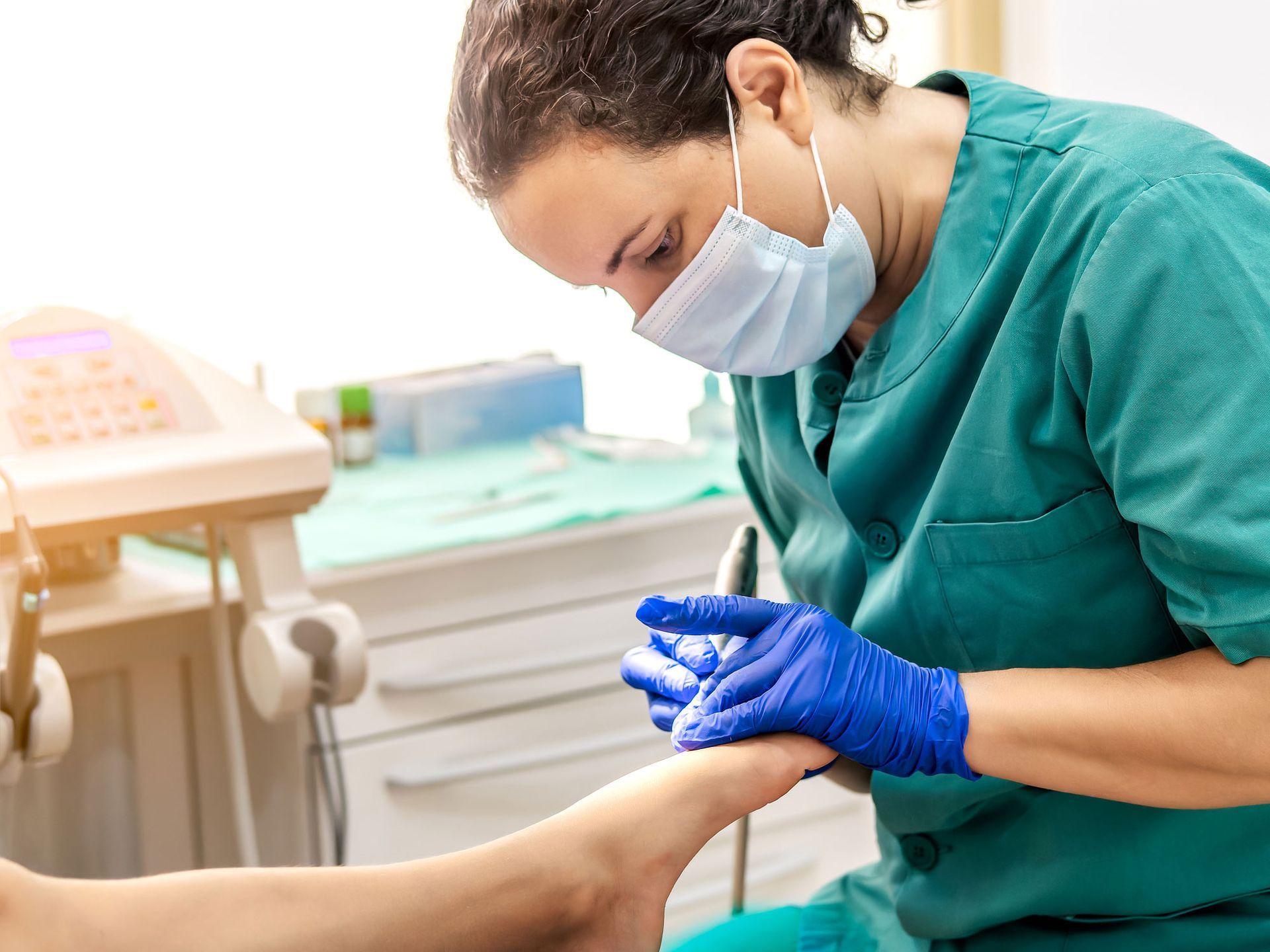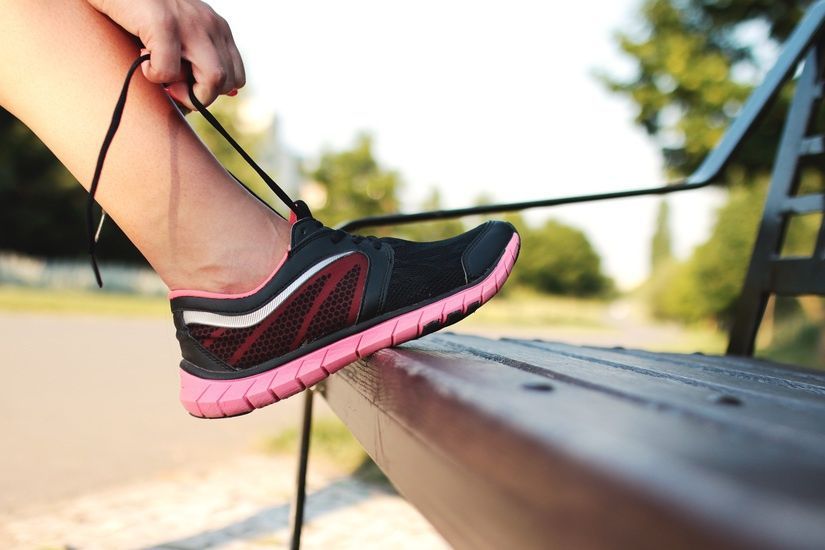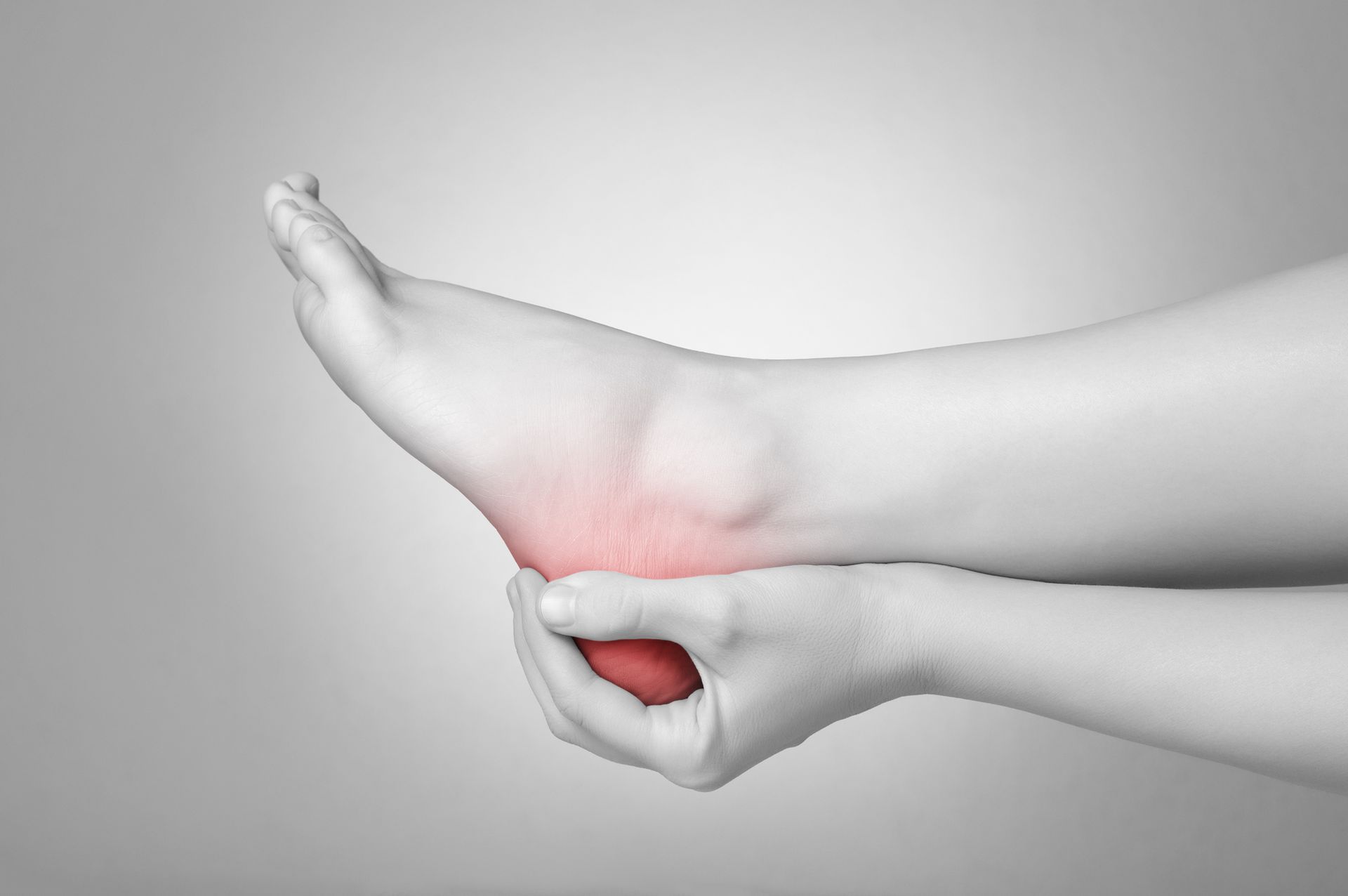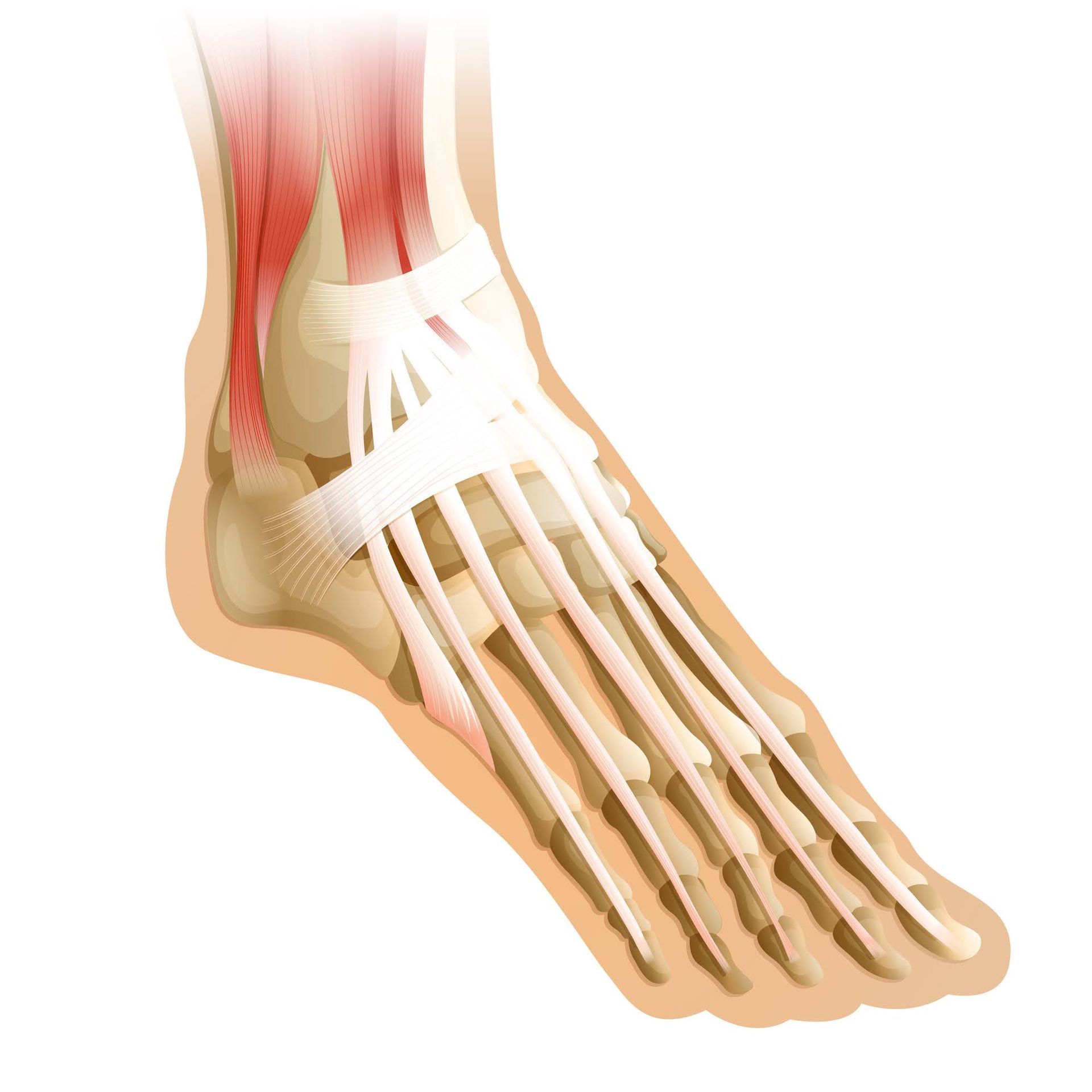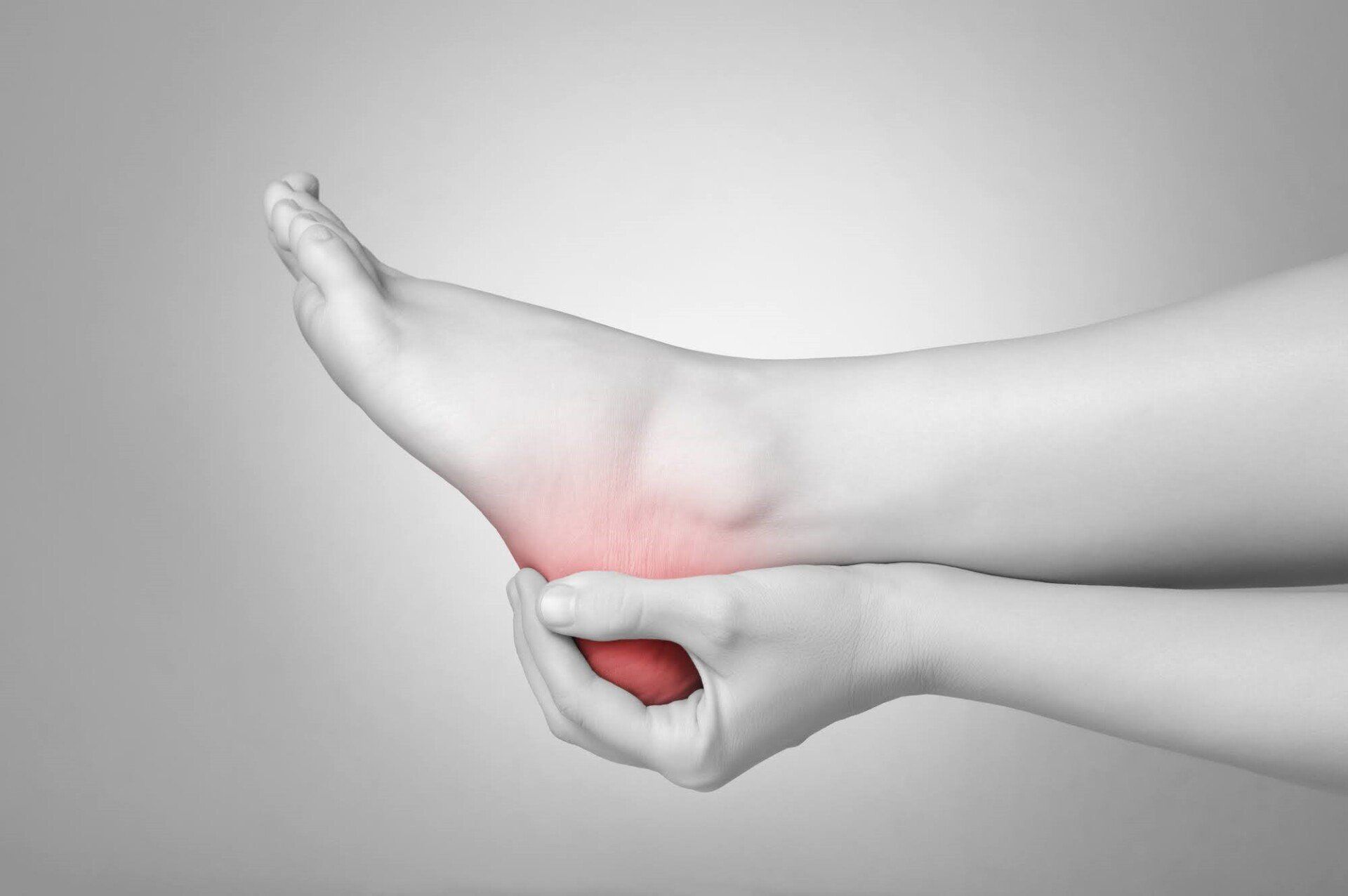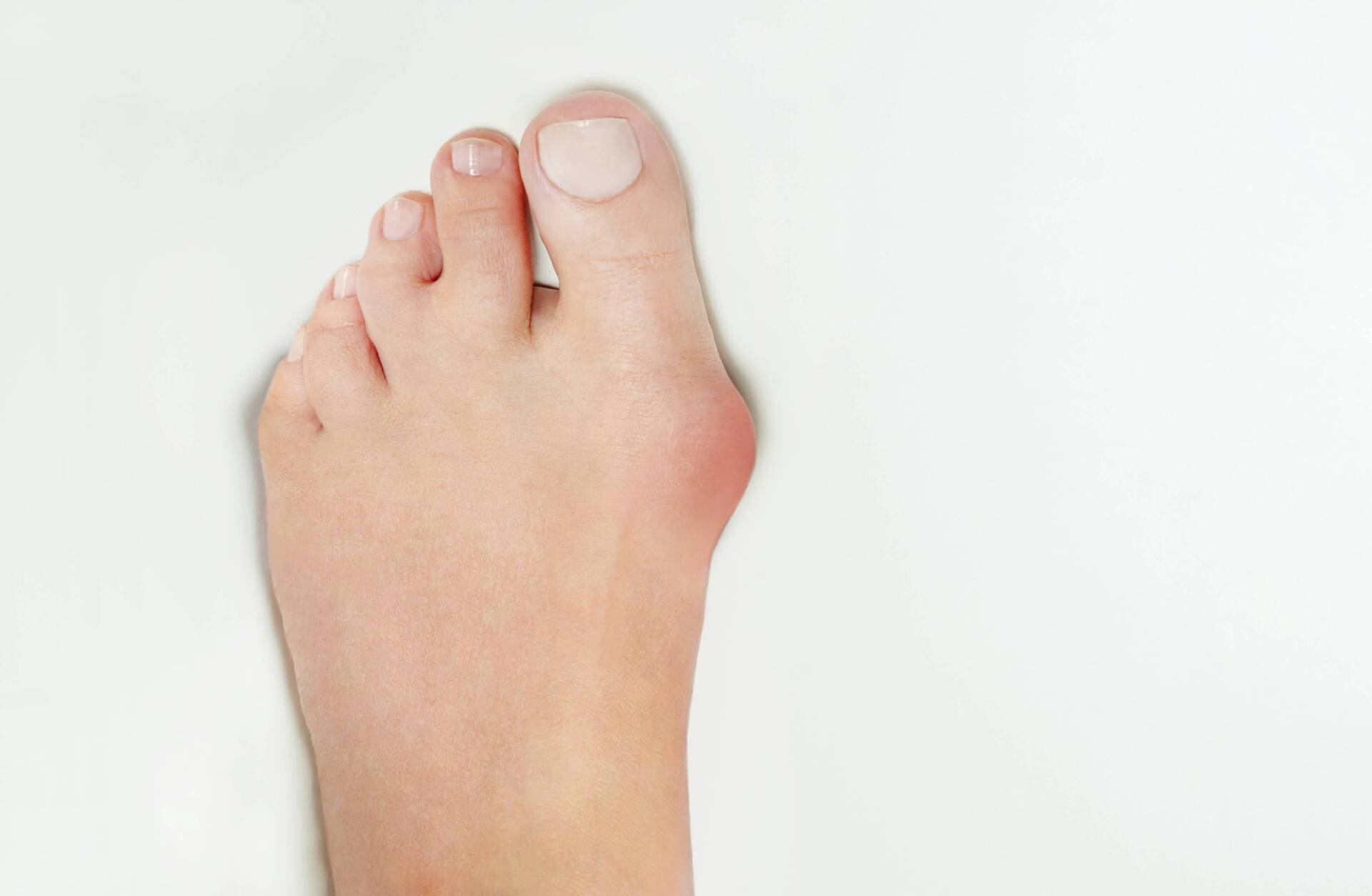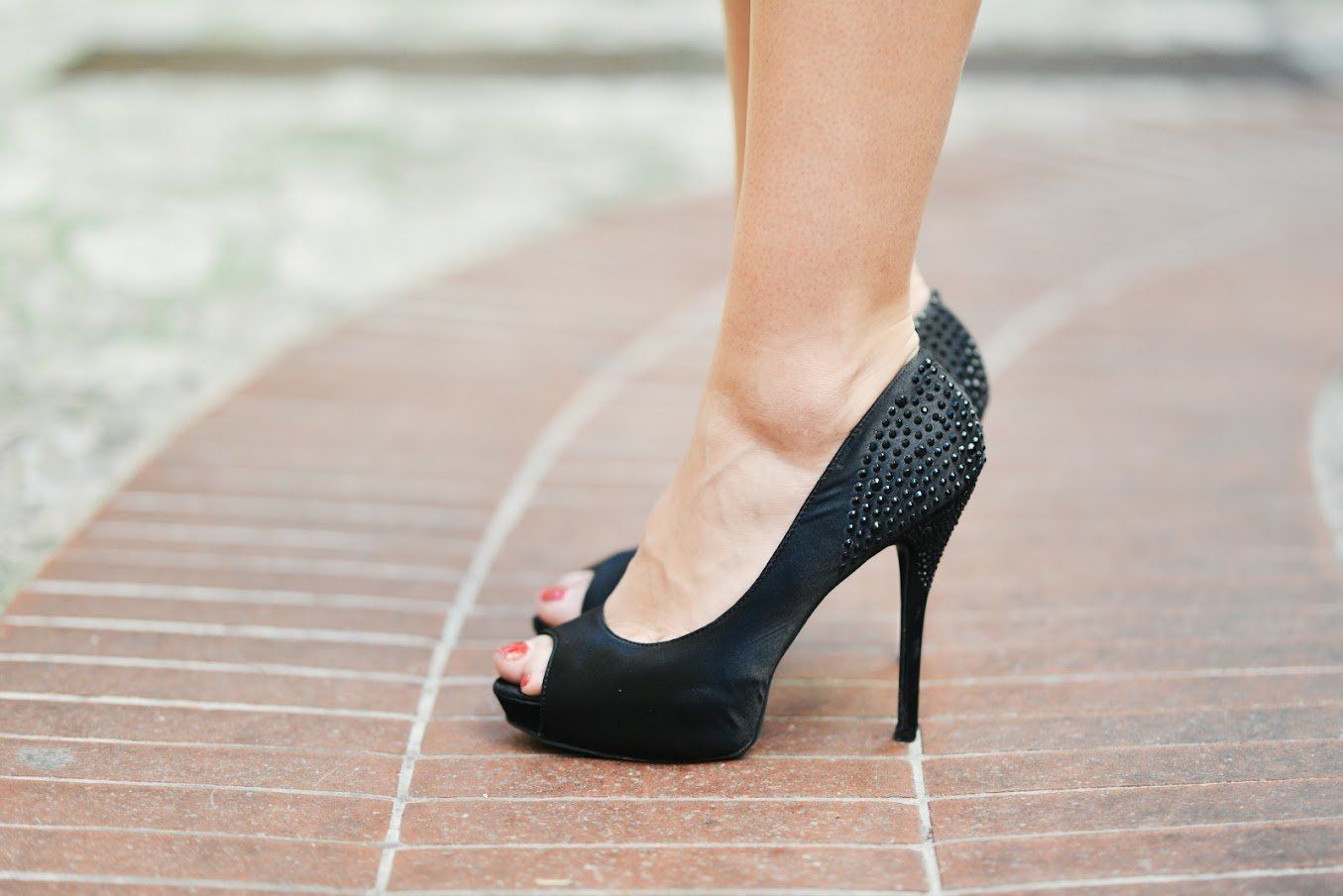Debunking 4 Foot Health and Care Myths
Foot health is integral to overall well-being and mobility. Yet, plenty of misconceptions exist, lending themselves to improper foot care and potential complications. These misconceptions often lead to overlooked signs, delayed treatment, and more harm than good. Let's debunk four common foot health and care myths, demystify the science behind them, and provide accurate advice towards achieving and maintaining optimal foot health.
1. A Broken Toe Has No Remedy
Medical attention is necessary for broken toes, and a podiatrist can still treat them even though a broken toe cannot completely recover like cuts and scratches. Varied therapies are available to assist straighten and stabilize the toe for patients with varied degrees of breakage. The bone fragments may be held together with pins, plates, or screws.
A proper treatment can alleviate discomfort and safeguard the toe during recovery. It may be essential to surgically fix the toe in some circumstances. Avoiding complications like arthritis or balance problems in the future requires prompt and proper treatment of a broken toe. If you break your toe and don't get it treated right away, you could end up with a permanent deformity.
2. Corns Have Roots that You Can Remove at Home
Corns are the subject of a number urban legends. Corns do not have roots, contrary to popular belief. They result from abnormalities in the foot's structure, such as bunions or hammertoes, or from prolonged exposure to pressure or friction. Attempting to locate and pluck them with scissors or clippers might be dangerous because they lack roots. Treating the cause of corns is the only method to get rid of them for good.
The idea that home shaving of calluses and corns is safe is another urban legend. This is extremely risky and should only be attempted by trained experts. A pumice stone is great for exfoliating the skin on your feet, but it shouldn't be used to shave away calluses.
Because of the risk of infection, medicated pads should not be used to treat corns, either. Many such pads contain an acid that can corrode the skin and cause ulceration. Put on shoes that fit well and get any abnormalities treated. If corns persist, it's best to see a podiatrist.
3. If You Can Walk, You Are Fine
Injuries come in a wide range of severity, and individuals have varying pain tolerances. You shouldn't assume everything is fine because you're able to walk. Seek medical attention if you think you may have hurt your foot, and rest.
Even if the situation doesn't appear that bad, you still need to ensure it's resolved. Stay off your foot or ankle until you can get it checked out by a specialist who can give you advice on how to manage your injury properly.
4. Barefoot is Good
Even if it's exhilarating to be barefoot outdoors, your feet require the protection and support that shoes provide. Going barefoot increases your risk of getting a foot injury or infection due to sharp objects or fungus.
People with diabetes are particularly vulnerable to infection from even minor foot injuries. Not wearing shoes means your feet aren't getting the support they need, which can cause gait problems and pain as you age.
Constantly having your toenails on the ground can also cause damage to them. Nail and skin infections like athlete's foot can be brought on by contact with dirt, germs, fungus and other viruses.
If you require podiatric care, consider Dr. Hamid R. Arabshahi and our team at Advanced Foot Clinic. Contact us now to experience care tailored to your needs and lifestyle in Sherwood and Portland, OR.
Tualatin Location
Fax Number: 503-587-8517
